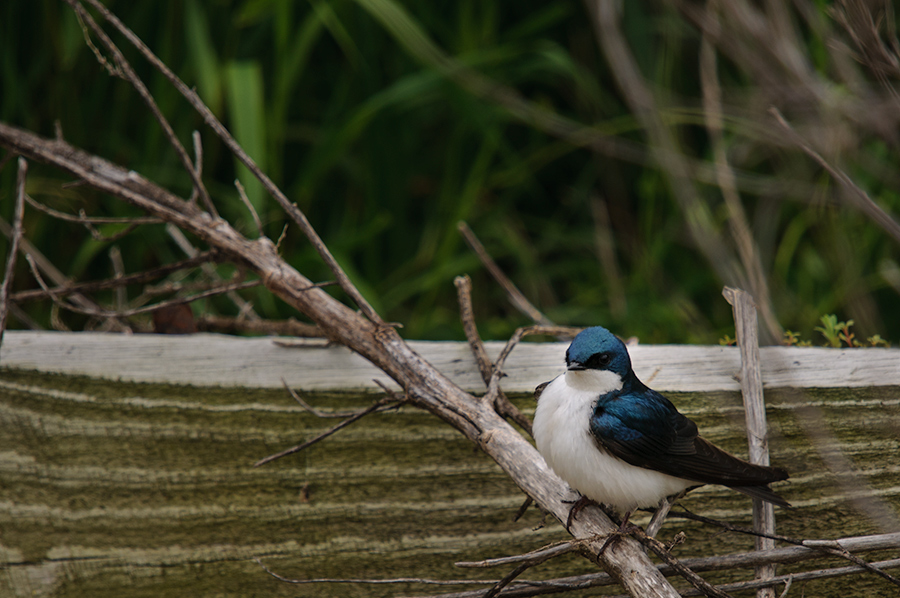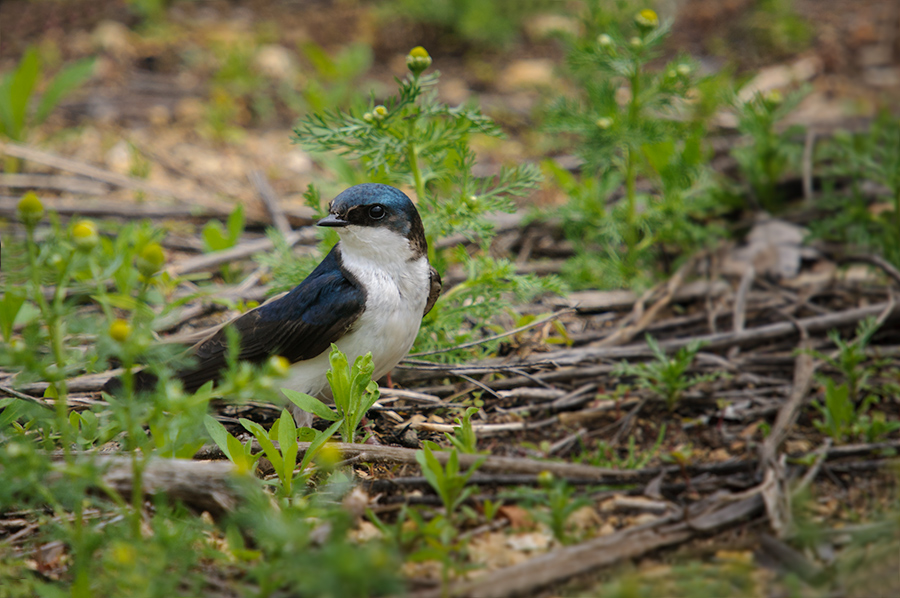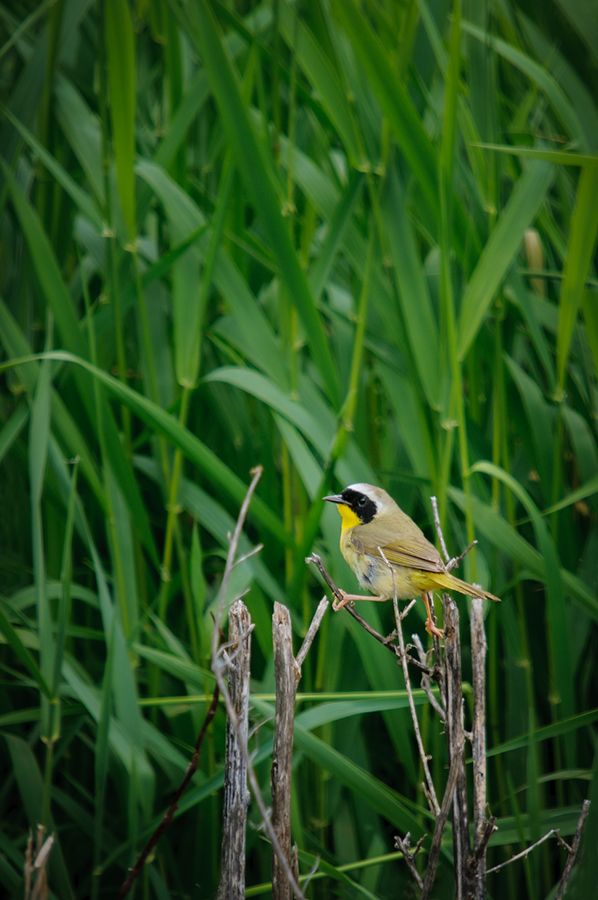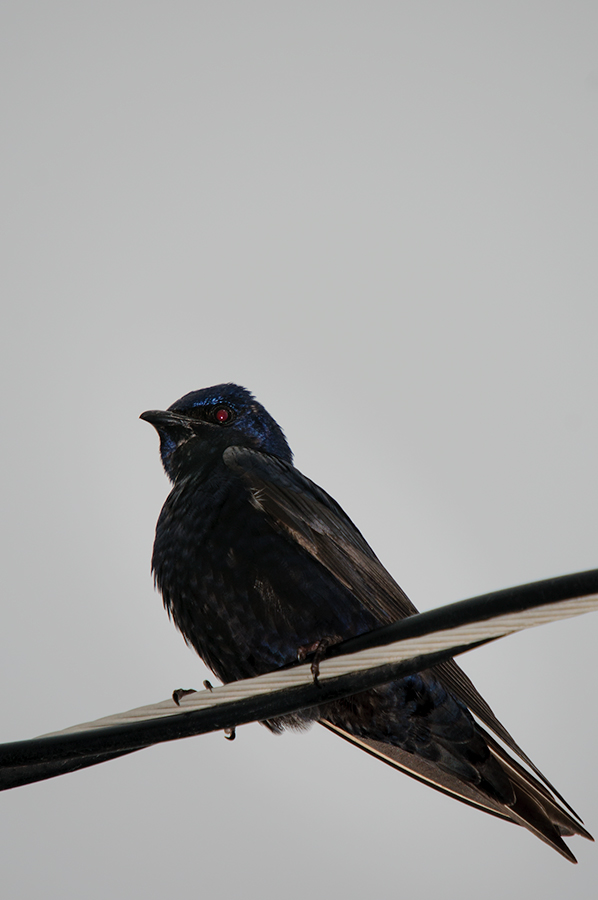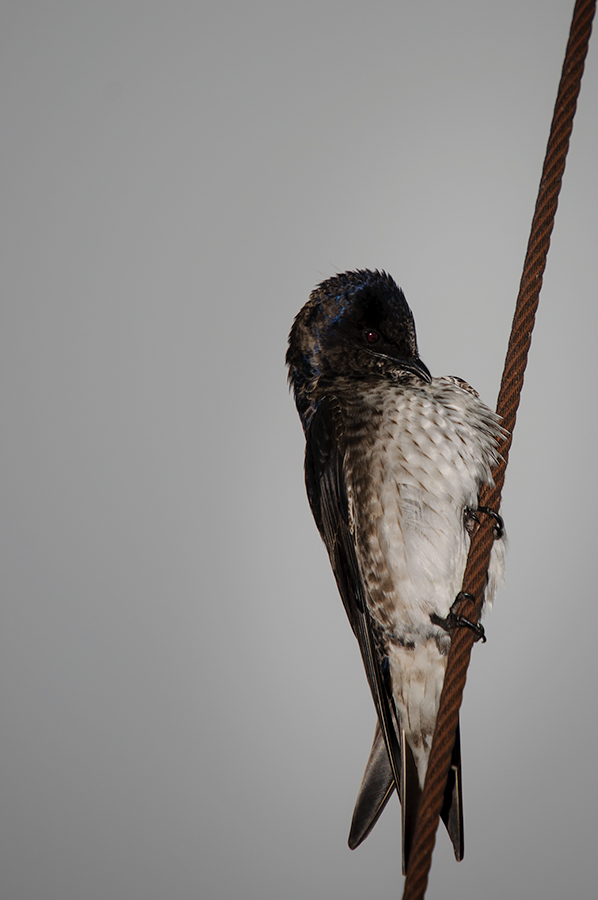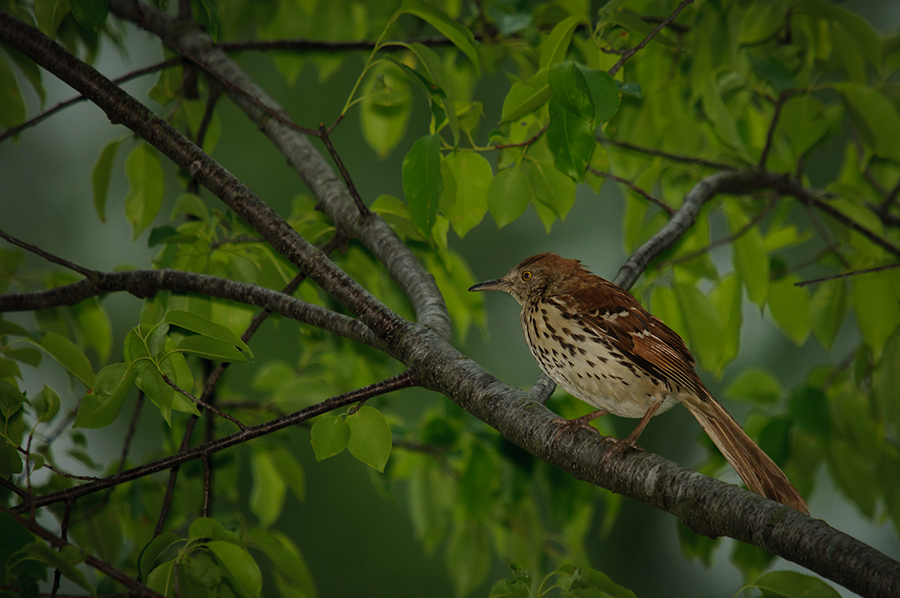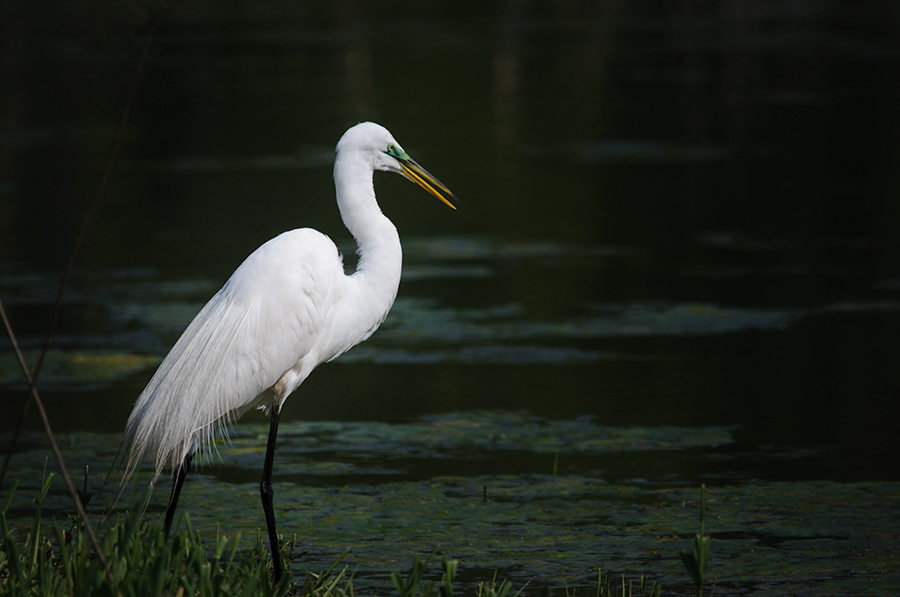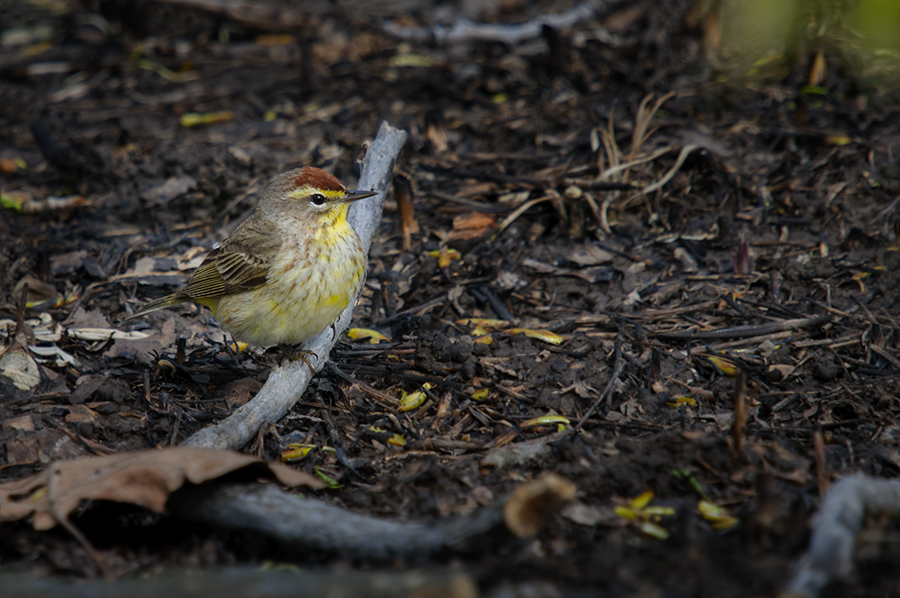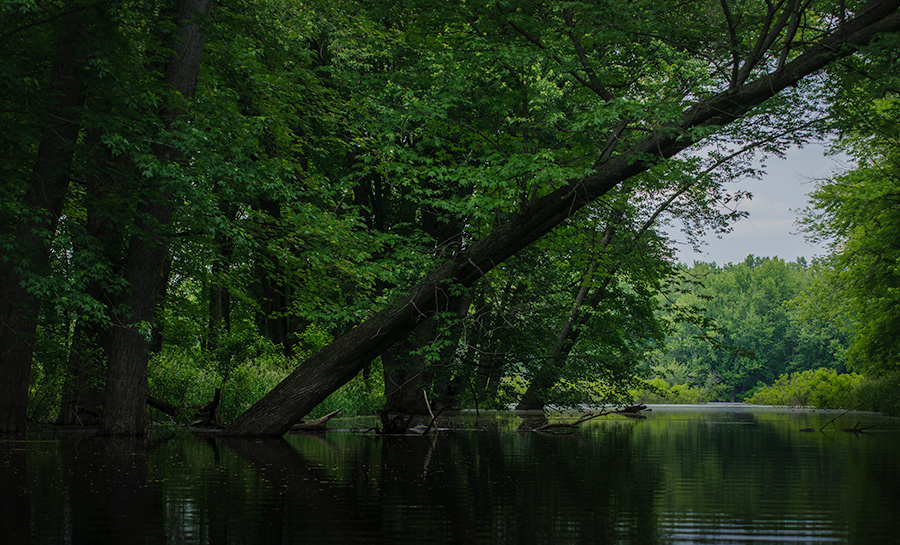
You may say, "Just one picture? We still like to see a little more from the wetlands!" Ok, here are a few more. The Mississippi has a pretty high water level at the moment and so have the Green Island Wetlands. All the little islands and big parts of the woods are submerged and it was a very interesting experience to paddle in places that are usually above the normal water level.
Taking pictures from the kayak is a totally different game. There is always a little fear to drop the gear into the water and of course holding the D300s with the Sigma 50-500 steady without shake is not easy at all. The wetlands are wide open for the most part and approaching ducks or coots undetected is nearly impossible. We had an encounter of a Barred Owl that got attacked by a number of blackbirds. Everything happened so fast that I wasn't even able to point the lens at the bird. However, it was exciting watching it.
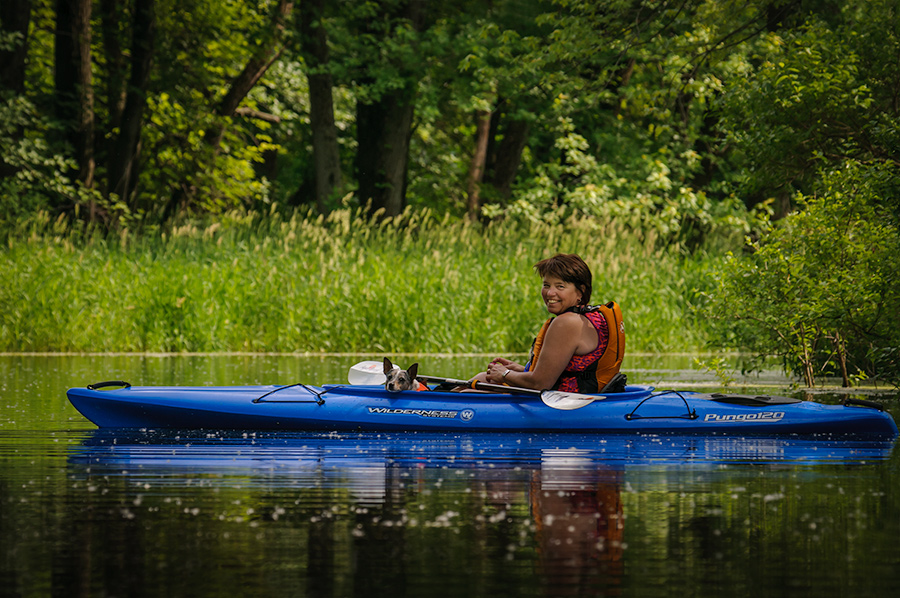
Our dog Cooper isn't always sure about the whole kayaking experience but as you can see he is very relaxed most of the time. I think he just doesn't enjoy wearing his life vest. We put it on for him so we don't have to worry about him so much in case something happens.
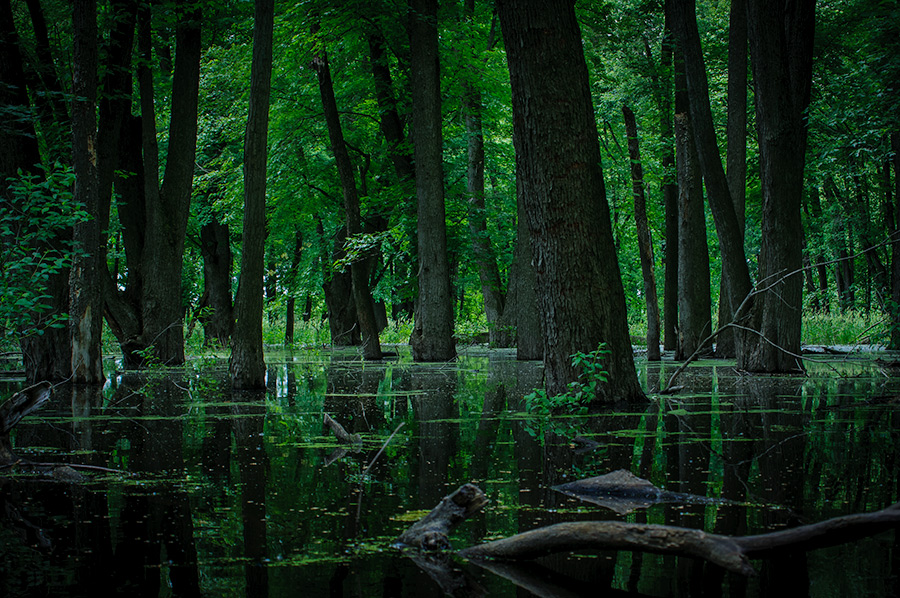
We enjoyed paddling on a channel surrounded by large trees and somehow it reminded us of the mangrove forests of the South. There were lots of birds up in the trees and we tried to identify them by their calls. We saw a Prothonotary Warbler, a first sighting for Joan, but the photos I made did not deserve the attribute sharp :-(
Did we see some wildlife other than birds? Yes, we did, but this will be for another post here in the blog, so please stay tuned...



